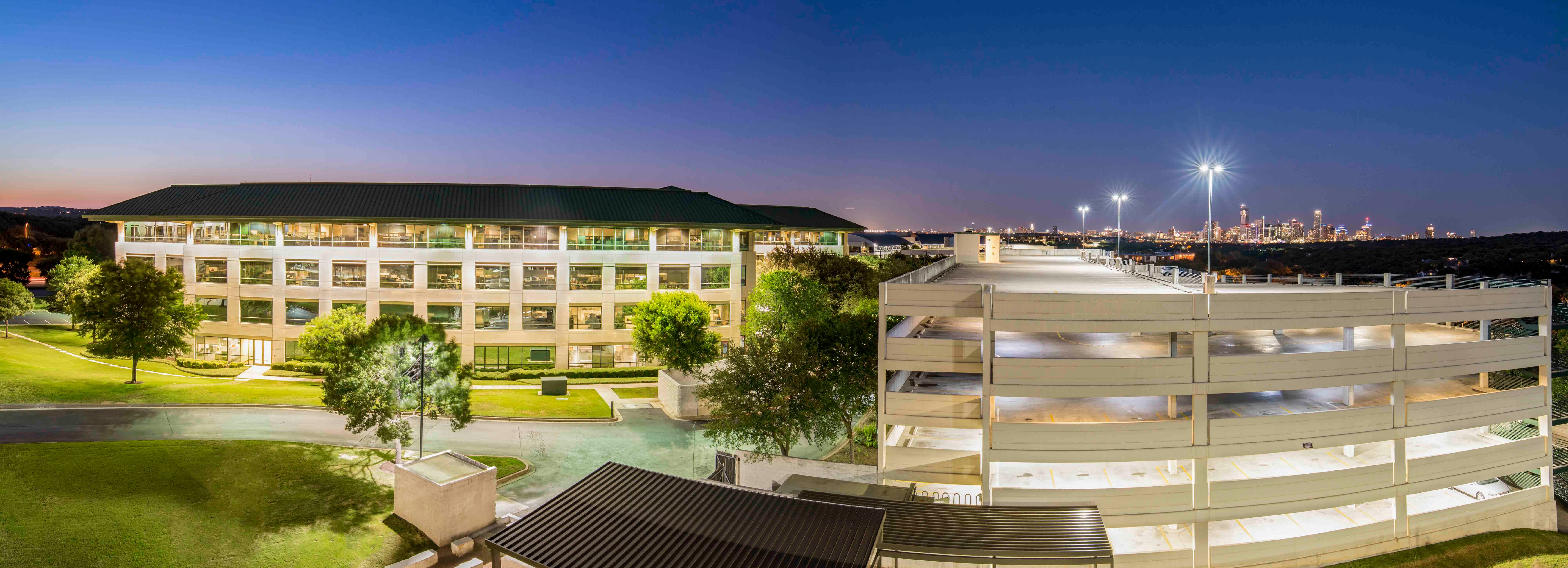Developed by Stratus Properties of Austin and the Beverly Hills, CA-based Canyon-Johnson Urban Funds, Block 21 is along Second St., one block north of Austin's city hall. In addition to residences and retail, the development will include a 2,200-seat live entertainment venue, the new home for Austin City Limits. The venue will be managed by Live Nation of New York City, parent company for the House of Blues.
Block 21 also is being considered for LEED Platinum certification. Block 21's lead architect is Andersson-Wise Architects of Austin.
According to Bobby Turner, managing partner with Canyon-Johnson Urban Funds, Block 21's mixed-use combination and focus on sustainability were why he and Earvin "Magic" Johnson wanted to partner with Stratus on the development. "Our goal is to do good and have a positive impact," he explains. "By building a mixed-use project anchored by W Hotel, that's tremendous job creation." Furthermore, he says the entertainment venue will end up being a cultural amenity that will be beneficial to the surrounding community.
Jeff Coddington, SVP for Austin-based Oxford Commercial, a Cushman & Wakefield Inc. alliance member, points out that Block 21 is one of many projects under development in the southwest part of the CBD. The project is adjacent to AMLI on 2nd, a 231-unit, 18-story residential complex with street-level retail. Two blocks east, locally based Benchmark Land Development Inc. has broken ground on the $100-million, mixed-use Austonian, which will include 195 condominium units and other commercial components.
But, Coddington points out that the area wasn't always the target for developers. Once upon a time, the southwest quadrant was little more than parking lots and warehouses. "Historically, that part of Downtown has been the warehouse district," he explains. The start of its resurgence can be traced back to the late 1990s when Computer Sciences Corp., with help from the city, developed office buildings for its growing financial services subsidiary.
Coddington also says Austin wasn't ready to go forward with the developments until recently. "There'd been talk for years of what might go into the various parcels Downtown, but Austin wasn't a large enough city to support that," he tells GlobeSt.com. "We've grown enough now for those dreams to become a reality."
© 2025 ALM Global, LLC, All Rights Reserved. Request academic re-use from www.copyright.com. All other uses, submit a request to [email protected]. For more information visit Asset & Logo Licensing.







